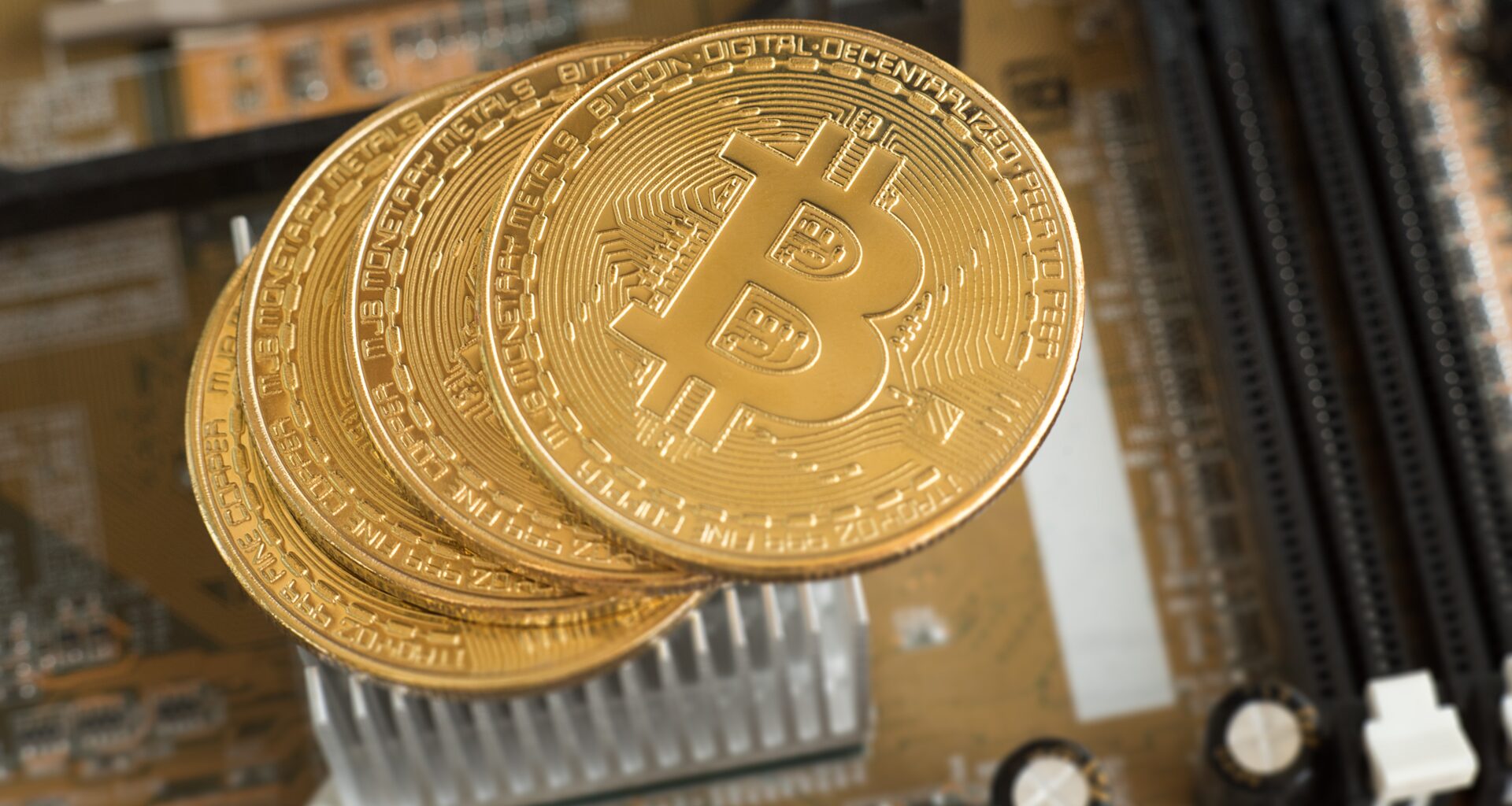Blockchain technology is here to stay. Thanks to the astronomical increase in crypto asset prices, interest in cryptocurrency and the underlying blockchain technology is ever-rising.
However, blockchain is much more than just crypto and has a lot to offer in terms of a decentralised structure, trust, efficiency, immutability, transparency, cost reduction, censorship resistance, tokenization, control over data, and improved privacy and security.
From money transfers, healthcare, logistics, eCommerce, education, energy, manufacturing, and media to government, personal identity security, and the Internet of Things (IoT), blockchain is impacting various sectors. As such, it is bringing positive changes in different areas of life.
Currently, Bitcoin is the most popular use of blockchain technology as a peer-to-peer network of payments. But ever since Ethereum pioneered smart contracts, blockchain has been used for many other decentralised applications (dApp).
DApps: What Are They, And How Do They Work?

A dApp is a decentralised application or program that runs on a distributed computing platform.
Much like digital apps, which are ubiquitous and used by consumers for a myriad of reasons such as ordering food, sending emails, and finding dates, dApps also provide services to users. The difference is that they use blockchain technology to eliminate the need for centralised intermediaries to manage the data. This is how they give users more control over their data using self-executing computer programs called smart contracts.
Because you don’t have to trust anyone else to store and secure the information, you gain control over your finances and personal data. They, however, are not free from drawbacks such as the inability to scale and challenges in developing a user interface, but continuous progress has been made, which has led to the development of hundreds of dApps.
Under the hood, these applications run on a decentralised network and are not controlled by any single entity. They are open-source, meaning anyone can contribute to their development, review the code, and suggest changes. The goal of these dApps is to allow anyone worldwide to use them without any restrictions.
DApps can be of financial nature where money is involved, semi-financial to require data from outside the underlying blockchain, and other types of apps such as online voting.
Today, blockchain technology is used to build innovative, decentralised, cost-effective, and secure applications. But how much does it actually cost to build a dApp? Let’s find out!
Factors Driving the Cost of a DApp

To build a blockchain project from scratch, you will need good experience and knowledge in the blockchain industry, and you will need to arrange things like a developer team, marketer, project plan, market research, and audit, among others.
If you hire an agency to get started, they will provide you with a team of experts, which can easily cost you anywhere from $5,000 to $1,000,000, depending on the size of the agency and the services offered.
If you are someone just starting out and have a smaller budget, you could hire blockchain developers and build an in-house software development team which would easily cost around $50,000-$500,000, including the cost of hiring and training the developers.
If you opt for the freelancer, they may cost less than an internal team and a development firm, but there are many things that you have to trade-off. The costs for hiring a developer to build a blockchain app would depend on where they are located, how experienced they are, and how large a project they would handle. Hiring an inexperienced freelancer can cost anywhere between $30,000 to $50,000, while a skilled blockchain developer can cost about $50,000 to $90,000.
This way, you have several options and can opt for hiring freelance software developers, an agency’s services, or building with an in-house team of developers to build a dApp. Moreover, most tools and languages to create dApps are open-source blockchain platforms.
The Type of dApp You Are Building
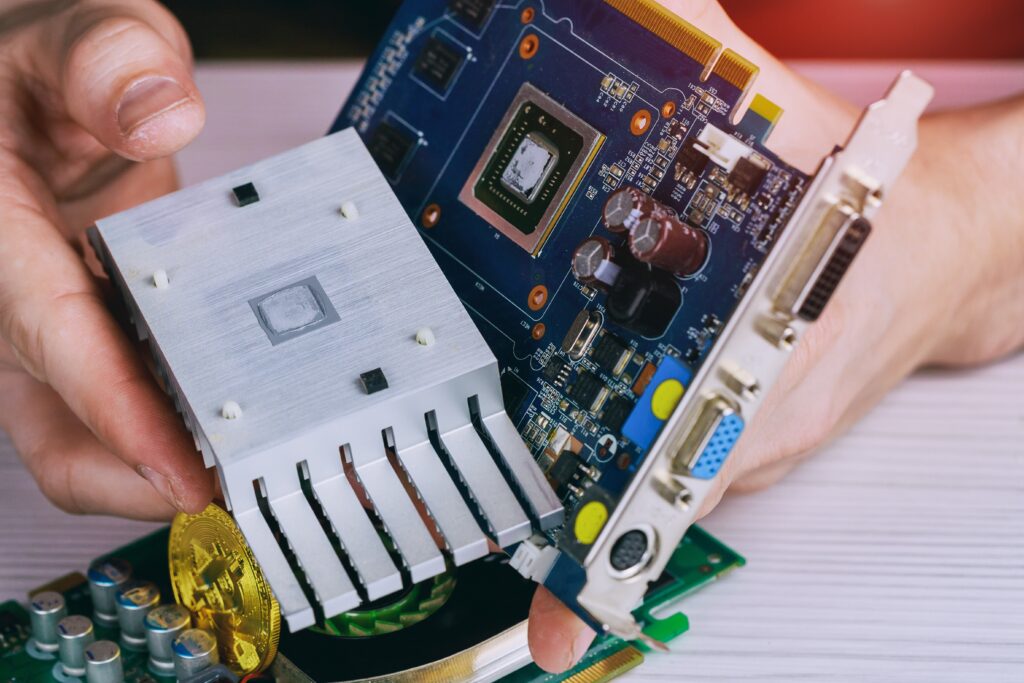
Another critical factor is the sector you are building in. Different industries have different requirements and different price tags for dApp development. So, you first need to consider the sector you are building in and the kind of dApp you want to develop.
For instance, developing a simple social media or game app would be much easier than building a basic dApp for the healthcare, insurance, supply chain, and banking sectors which would be more expensive as it will involve complex features.
Additionally, healthcare, finance, and supply chain businesses need to comply with stringent data privacy and security regulations. As such, the amount of money you would spend on authentication for a financial industry dApp would be considerably more than for a social media industry dApp.
So, the cost of blockchain development services offered by various companies differs depending on the industry sector your business is in. Thus, when determining how much it would cost to develop a dApp, you need to figure out which sector your business is in and what kind of dApp you want to develop. This will also help you better understand where and how much you would need to spend.
The Underlying Blockchain Model
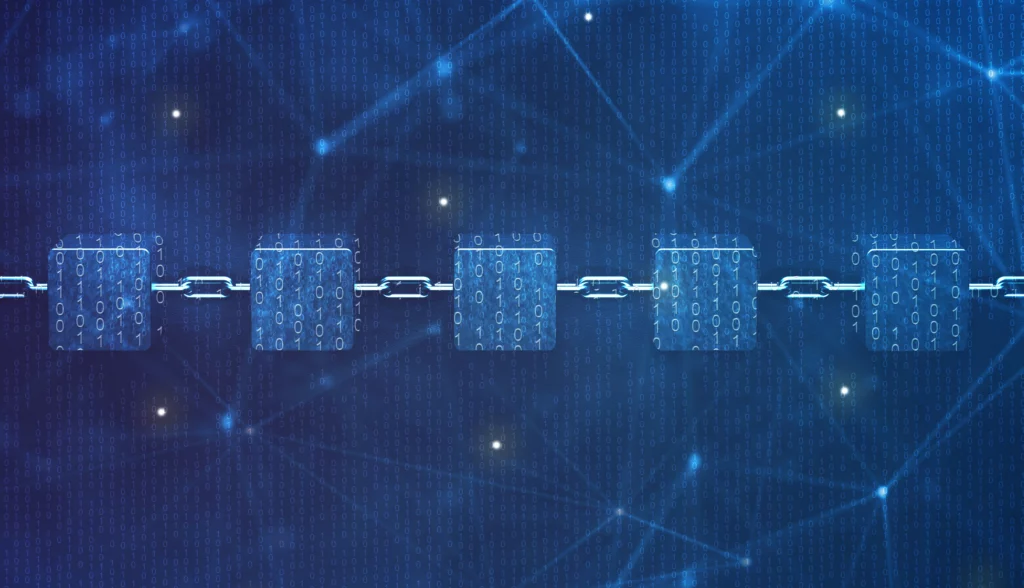
When talking about public blockchain networks, either you can choose a pre-existing blockchain solution that is cheaper but may hurt your platform’s services, or you can build your custom blockchain solution that can implement new features, but of course, the development cost here will be higher.
If you are building a blockchain app that caters to Ethereum users, then Ethereum will significantly impact the costs, as it is known for high usage, congestion during periods of high activities, and high gas fees. But you can take advantage of layer two scaling solutions to bring down the cost for your users.
There are also alternative layer one blockchains like Solana, Polkadot, Avalanche, Cosmos, and others that are faster and cheaper but come with their own features and shortcomings. This means choosing among the several available platforms to build your dApp, each of which comes with its own set of blockchain programming languages and tools.
Much like mobile application development, blockchain application building costs are also different depending on app features, efforts, and goals. Some of the other factors influencing app development costs on various blockchains are machine learning, microservices, front-end design, and back-end development. Machine learning can add up fast in initial development costs, including estimations for the complexity of the design and development.
Blockchain App (dApp) Development Cost
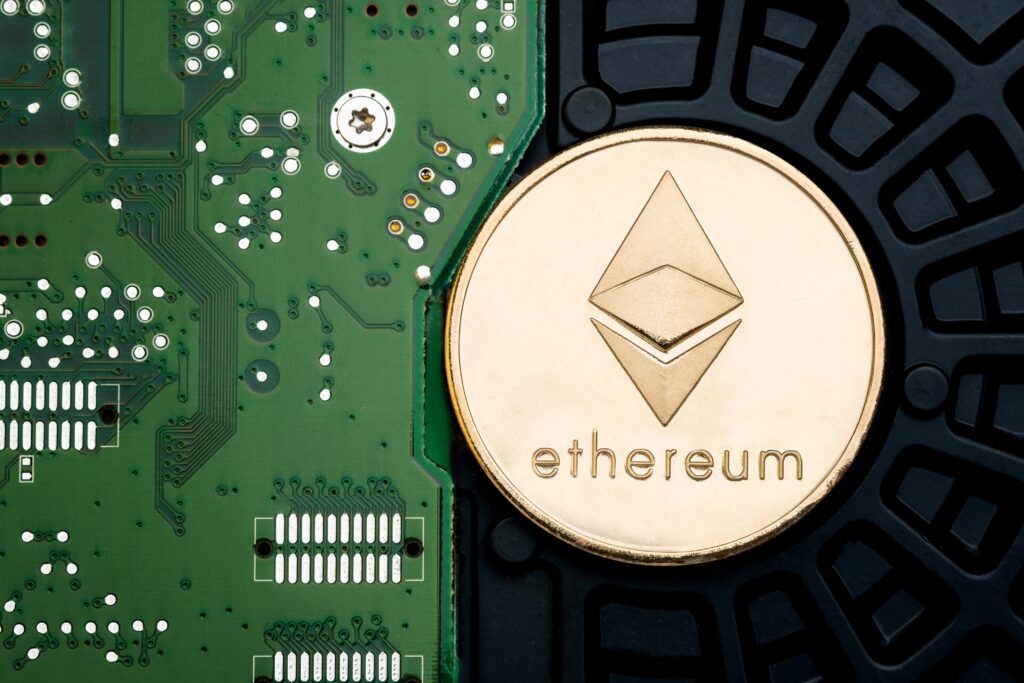
Developing the minimum viable product (MVP) of your blockchain development service or cryptocurrency wallet that supports major cryptos like Bitcoin and Ethereum will cost you somewhere around $50k.
The smart contracts development costs are also added to dApp development costs. There is currently a shortage of blockchain engineers on the market, which can result in higher costs due to such inflated fees.
Considering these various factors, the development costs of blockchain applications would range from $25,000-$200,000, including super-modern features and the latest technologies and tools.
Remember, while building a Blockchain application, you will also need a specialised team of experts composed of different high-level developers, project managers, marketing professionals, business analysts, quality assurance engineers, etc.
Now that you have got a good understanding of the factors contributing to the costs of building a blockchain project, like the developer costs, the infrastructure and hosting costs, etc., as well as the funds that it would take to develop your blockchain project from scratch, you can move ahead.
Save Costs by Outsourcing
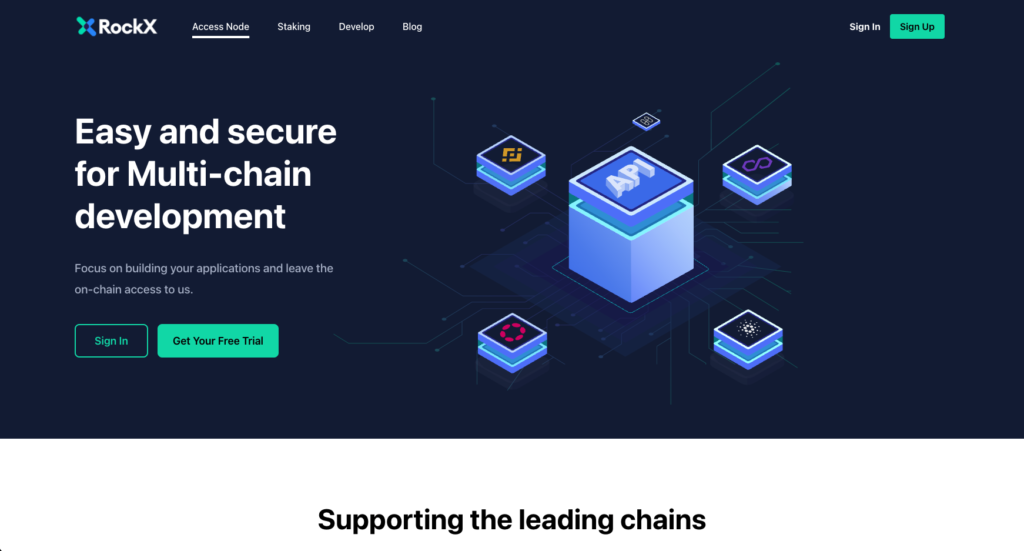
One of the most energy, time, and cost-intensive things about building a dApp is operating a blockchain node. Blockchain nodes help you get your dApp or blockchain service connected to the blockchain. They are crucial to any dApp development, or even if you’re building something peripheral to a dApp such as a blockchain wallet or analytics service.
To save more than 50% of this cost, you might want to consider Nodes-as-a-Service (NaaS) providers. RockX, for instance, provides access node APIs that you can simply plug into your lines of code and get connected to any major Proof of Stake blockchain. Plans start at $0/month and you can get up to 100k free requests daily!
Here’s What to Expect

A decentralised blockchain application (dApp) uses the principles of blockchain technology at the core of its functionalities, which offers tremendous benefits to users but at the same time struggles with the issues of scalability and user experience.
But one thing is clear: the blockchain application market is growing at a rapid pace as crypto, DeFi, NFT, GameFi, and metaverse adoption goes mainstream. It is expected to be the future of the Internet, meaning you need to learn and understand this nascent technology and start experimenting with positioning yourself for this future. However, building a dApp takes great effort and resources, much like a consumer app, making it a costly and time-consuming endeavour.
Estimating the cost of building a dApp is a complex process as it depends on several factors. As we discussed above, there is simply no definitive answer to this question, as the cost of building a dApp will vary depending on the type of dApp you are building, the features and functionality you require, and the complexity of the overall project.
However, as a general guide, you can expect to pay anywhere from $5,000 to $500,000+ for a quality dApp development project.





